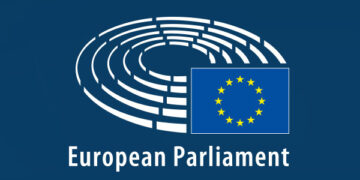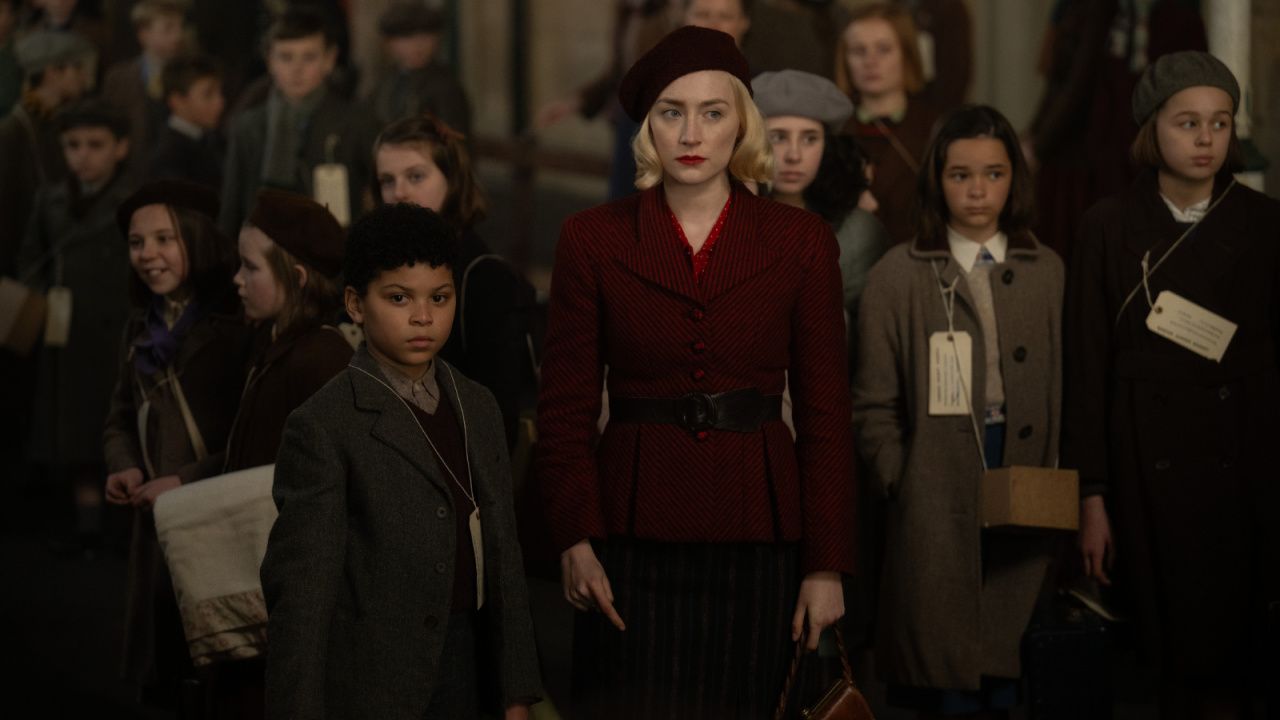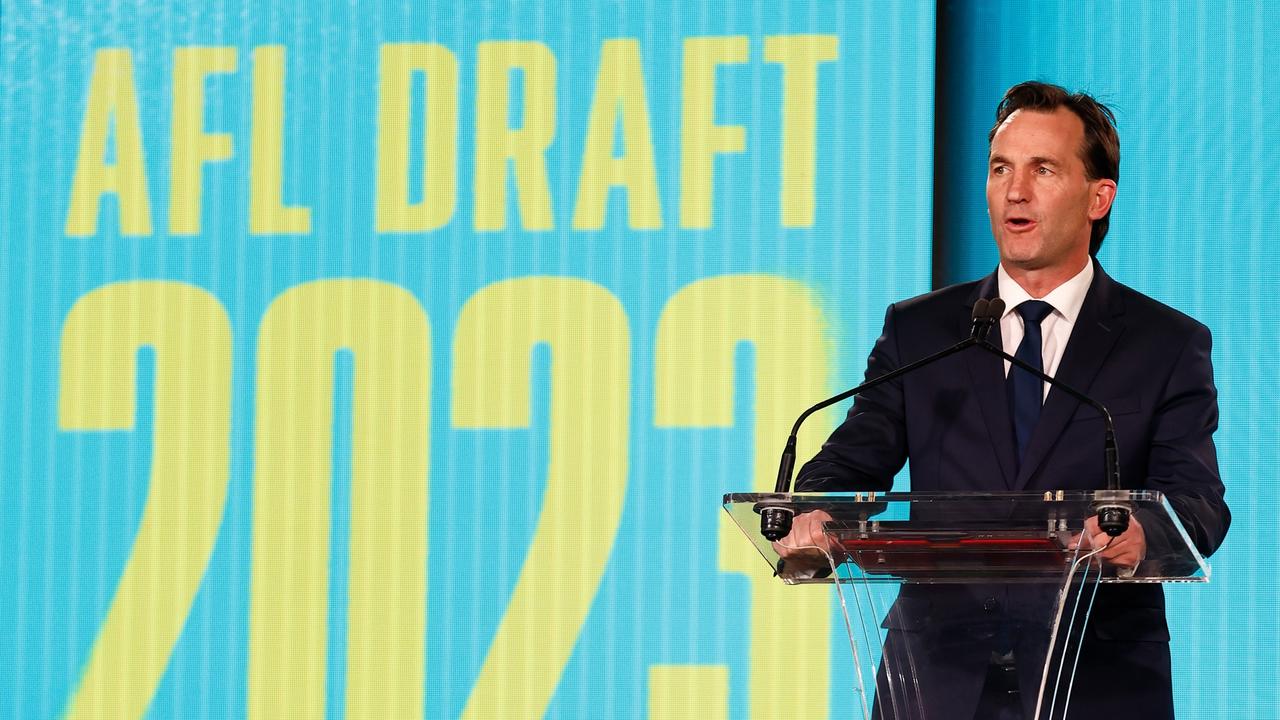On 4 October, the Court of Justice of the European Union issued a ruling – known as the “Diarra ruling” – that could have major consequences for the transfer system in football. Tsjalle van der Burg argues the ruling neglects competition in consumer markets and the interests of football supporters.
In 1995, the Bosman ruling by the European Court of Justice put an end to the payment of transfer fees for out-of-contract football players. A new ruling by the Court of Justice of the European Union on 4 October this year – known as the “Diarra ruling” – is likely to once again lead to substantial changes in football’s transfer system.
Unlike Bosman, the Diarra ruling concerns the transfer rules for players still under contract. It declares that these rules are also contrary to EU law. The net effect is likely to be lower transfer fees for players under contract.
Yet much like the Bosman ruling, which suffered from several important flaws, the Diarra ruling is a flawed decision that neglects competition in consumer markets and the interests of football fans. It is now up to Europe’s politicians to intervene and protect the interests of supporters.
The Diarra ruling
The Court of Justice of the European Union’s first motivation for the Diarra ruling is that current transfer rules impede the movement of professional players wishing to work for a new club. From this perspective the rules are, in principle, incompatible with Article 45 of the Treaty on the Functioning of the European Union, which supports the free movement of workers.
The second motivation is that existing rules restrict the competition among clubs in the market for recruiting players. From this perspective they are, in principle, incompatible with competition law, and article 101 of the Treaty on the Functioning of the European Union especially. Here, we are in the field of hard law. I think no legal expert will disagree with the remarks above.
However, the law leaves open the possibility that, despite the above, a court will still allow the transfer rules for overriding reasons of public interest and/or other important reasons, if certain conditions are met. Here, we enter the field of soft law. There is much room for doubt and disagreement about the question of whether it is justified to still allow the current transfer rules for such reasons.
The Diarra ruling, and the earlier Opinion of the Court’s Advocate General on which the ruling is partly based, discuss many different arguments that are relevant here. In the end, the Court concluded that the transfer rules are contrary to the law. Hard law has thus won the confrontation with soft law. In this context, some legal experts have disagreed with the earlier Advocate General Opinion and the Court may well receive similar criticism soon.
However, the Diarra ruling can also be criticised using hard law. I argue that it neglects the effects of transfer fees on competition in consumer markets. Therefore, it is incorrect that the ruling is merely based on a confrontation of hard competition law and hard free movement law on one side with soft law only on the other side. Instead, soft law should have had some hard competition law as its ally and this could have changed the ruling.
Why the Diarra ruling is flawed
A first point in the argument is that consumer markets in football are often national markets. Most consumers like to watch, or become a fan of, a club from their own country. Thus, Liverpool is strongly competing for fans with Everton, Newcastle and other English clubs. More generally, for all clubs in a country, the national consumer market is very important. At the same time, international consumer markets are becoming important too. Liverpool now competes with Barcelona for fans from all over Europe.
The second point is that the transfer fee system redistributes income from large to small clubs. This redistribution enables small clubs to improve their squads, thus improving their chances of winning against large clubs. In other words, the transfer system improves the “competitive balance”. The Bosman ruling has reduced transfer fees and has therefore decreased the competitive balance. The Diarra ruling is likely to reduce transfer fees too, and so it will also reduce the competitive balance.
Third, less competitive balance means, by definition, that fewer teams can win important prizes (such as a national title or the Champions League). This implies that the many consumers who like to watch or even become a fan of a club from their own country that can win important prizes have less choice. In other words, there is less competition in consumer markets. This will cause higher prices and consequently lower welfare.
Let me combine these points. The Bosman ruling has reduced the competitive balance. This implies it has reduced the competition in national and international consumer markets, causing higher consumer prices. The Diarra ruling is likely to also reduce competitive balance, and this will also reduce the competition in consumer markets.
A court that applies competition law (and free movement law) to the transfer system, as the Court of Justice of the European Union has done, should discuss all the effects of the system on market competition, including the positive effects on the competition in consumer markets and consumer prices. It should weigh these effects against the other effects of the system. However, the Diarra ruling, like the Bosman ruling before it, has fully neglected consumer markets and the related interests of fans. This makes both rulings fundamentally flawed.
Will politicians step in?
Unfortunately, courts have also neglected competition in consumer markets in cases that do not concern the transfer system in football. An obvious example is proposals for a European Super League. Over the past thirty years, there have been various plans for a Super League in football, despite the fact that such a league would reduce competition in consumer markets in a way contrary to competition law.
For instance, the 2021 plan for a closed Super League of twenty European top clubs would probably have included only one club from the Netherlands, Ajax Amsterdam, thus giving Ajax a monopoly on the Dutch market for top football. This makes clear that (one or more) courts should at least have discussed the effects of a Super League on competition in consumer markets.
However, no court has done so. Instead, the Court of Justice of the European Union issued a ruling in December last year that has helped potential Super League organisers by supporting the competition in the market for organising competitions. It is remarkable that courts dealing with these issues have managed to repeatedly neglect consumer markets and the related interests of fans.
The main takeaway from the Diarra ruling, however, is that the legal system has failed to effectively deal with football’s transfer system. Thus, it is now up to the politicians of the EU and the UK to take measures that improve competitive balance in football. Such measures are available, however, they go against the interests of the big clubs, which are very influential. Thus, the question now is whether politicians are willing to step in and help football fans across Europe.
Note: This article gives the views of the author, not the position of EUROPP – European Politics and Policy or the London School of Economics. Featured image credit: ph.FAB / Shutterstock.com







































Discussion about this post